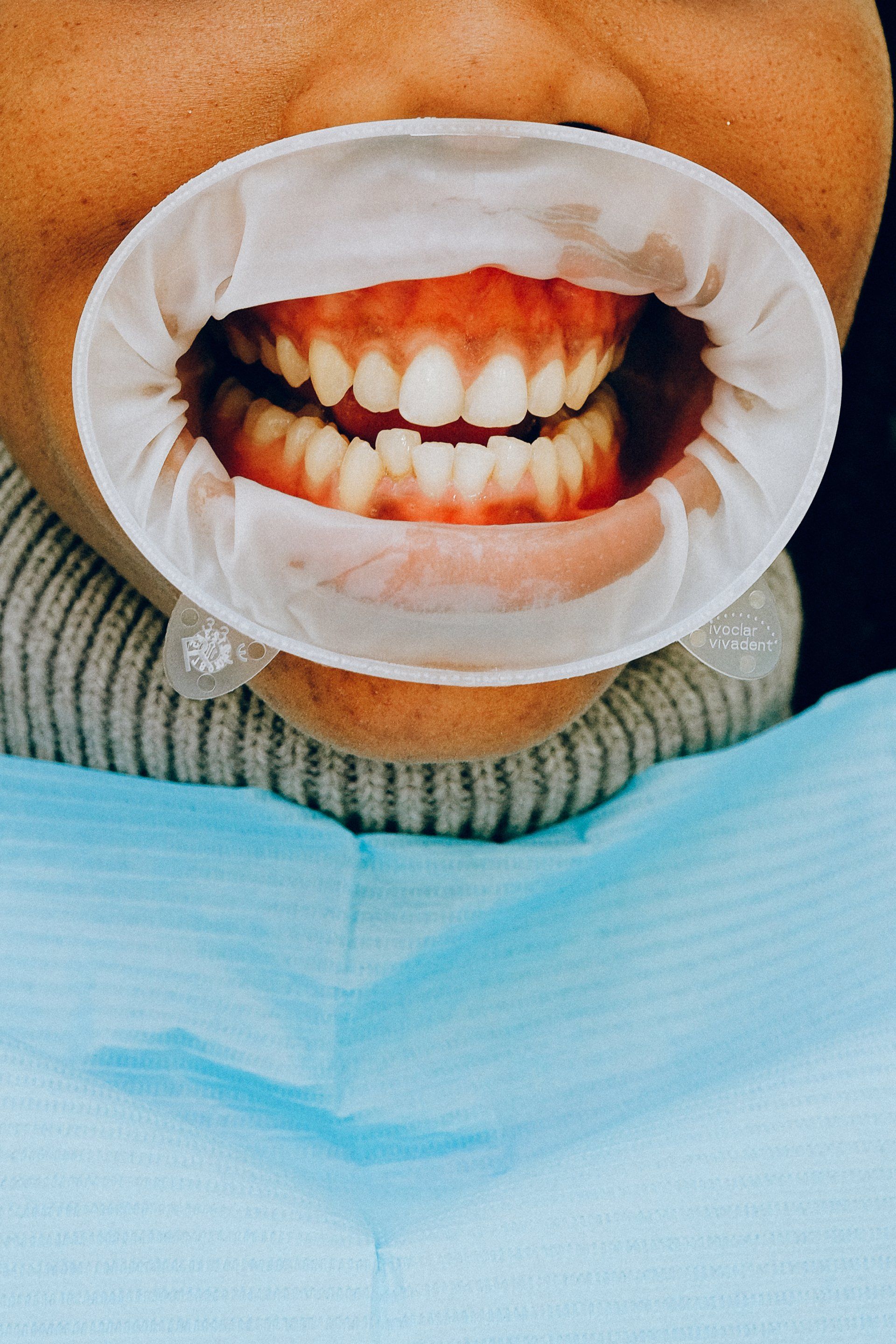Allergic Shiners, Venous Pooling, and Airway Issues
What’s the Connection, and How Can Myofunctional Therapy Help?
Have you ever noticed those dark circles under your child’s eyes—or maybe your own—and wondered where they came from? We often call them "allergic shiners," but they’re not just about allergies. These dark shadows can actually tell us a lot about what's going on with your airway and breathing.
Let’s dive into what’s happening, why it matters, and how myofunctional therapy can help.
What Are Allergic Shiners and Venous Pooling?
Let's break it down:
- Allergic shiners are those bluish or purplish circles under the eyes. They occur when congestion in your sinus cavities causes swelling in the veins under your eyes, leading to discoloration (Cleveland Clinic, n.d.).
- Venous pooling refers to the accumulation of blood in a specific area due to impaired circulation. Around the eyes, this can happen when nasal congestion leads to swelling of the tissue in the nasal cavities, causing blood to pool under the eyes (Medical News Today, 2023).
These aren’t just cosmetic concerns. They’re often signs that your body is working extra hard to breathe—especially through the mouth instead of the nose.
Why Are Breathing and Airway Issues to Blame?
Breathing is supposed to be easy, right? In through the nose, out through the nose. But when the airway is blocked—because of allergies, swollen tonsils, or even the habit of mouth breathing—it throws everything off. Here’s how it can cause those dark circles:
- Congestion: If your nose is blocked, you might breathe through your mouth. That disrupts the blood flow in your face, making those under-eye circles more obvious (Healthline, 2017).
- Inflammation: Allergies or chronic nasal issues cause swelling and irritation, which doesn’t help blood flow either (Cleveland Clinic, n.d.).
- Poor Oxygen Flow: Mouth breathing isn’t as efficient as nasal breathing, so your body doesn’t get the oxygen it needs. This affects your skin, your energy, and even your sleep (Healthline, 2022).
If you or your child has constant dark circles and stuffy noses, it might be time to think about what’s happening with your breathing.
How Myofunctional Therapy Can Help
Here’s the good news: myofunctional therapy can make a huge difference. It’s a simple, non-invasive way to retrain the muscles of your face, tongue, and mouth to support proper breathing.
Here’s how it works:
- Switches You to Nasal Breathing: The exercises help strengthen the muscles around your nose and mouth so you naturally breathe through your nose. That clears up congestion and improves blood flow (Healthline, 2022).
- Fixes Tongue Posture: Believe it or not, where your tongue sits in your mouth can affect your airway. Proper tongue posture helps open the airway and encourages better breathing (Cleveland Clinic, 2023).
- Improves Sleep: When your breathing improves, so does your sleep. Better sleep means less fatigue and inflammation, which can help reduce those dark circles over time (Healthline, 2022).
- Sets Kids Up for Success: For kids, these exercises can guide healthy facial growth and prevent long-term airway problems (Healthline, 2022).
When Should You Get Help?
If you’ve tried everything for those under-eye circles—extra sleep, hydration, allergy meds—but nothing seems to work, it’s worth exploring whether airway issues are the cause. Myofunctional therapy, paired with support from an allergist or ENT doctor, can be a game-changer.
References
Cleveland Clinic. (n.d.). Allergic shiners: Causes, symptoms & treatment. Retrieved from https://my.clevelandclinic.org/health/diseases/allergic-shiners
Cleveland Clinic. (2023). Myofunctional therapy: Definition, benefits, exercises. Retrieved from https://my.clevelandclinic.org/health/treatments/myofunctional-therapy
Healthline. (2017). Allergic shiners: Symptoms, causes, and treatment. Retrieved from https://www.healthline.com/health/allergic-shiners
Healthline. (2022). Myofunctional therapy: Definition, what it treats, exercises. Retrieved from https://www.healthline.com/health/myofunctional-therapy
- Medical News Today. (2023). What causes dark circles under the eyes? Retrieved from https://www.medicalnewstoday.com/articles/320211












